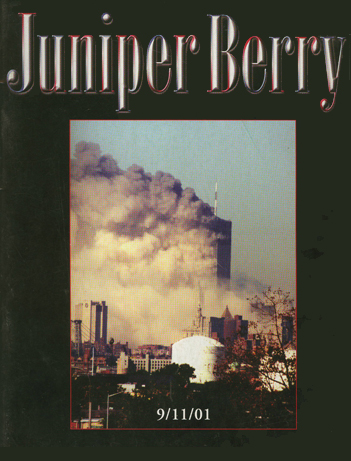The difference between graffiti and art is permission. Vandals paint out of rebellion, anger and hatred, what they are feeling is not art.
Graffiti is symptomatic of neighborhoods that can no longer cope or care. When it is ignored, it becomes an engraved invitation to other criminals that chaos reigns and crime is tolerated. Graffiti is in vogue by a small subculture of vandals who are unfortunately having a major impact on our quality of life; making people fearful in their own neighborhoods.
Graffiti vandals believe they have the right to paint anywhere at anytime. They believe it is a right protected by the first amendment and the property rights of the victim do not matter. On the other hand, they do not want to legalize graffiti, as it would spoil their thrill. The annual cost of graffiti abatement in 1995 alone was in the 4 billion dollar range.
Much of today’s graffiti is indeed gang related. Gangs mark their turf with monikers and messages meant to intimidate others, advertise the sale of drugs and mark boundaries. Tagging crews of kids are gangs because they are involved with illegal activities that include the theft of paint, violence against other gangs and the public, as well as the felony of graffiti itself. Some tagging crews in California have evolved into “tag bangers” who carry weapons and behave like gangsters.
Graffiti is a crime, but it is also a condition of our society’s failure to raise children with traditional values and respect for laws and the rights of others. Parents must be held responsible because discipline and respect are learned at home. Realize the influence graffiti advocates have over our youth with music and videos depicting it as being “cool;” I found over 1,500 pro-graffiti websites researching this article.
Teach your kids that graffiti is a felony and a felony means prison! We should also remember that taggers come from every race, religion, social group, as well as from every socioeconomic status.
The “Phun Phactory” here in Queens is a free-wall or legal wall that is set up as a museum of sorts that encompasses one city block. They dole out wall space to vandals from the 15 production walls they have (some in excess of 200 ft) to do a “piece.” The problem with this is that it has been tried repeatedly in many other cities and has always failed. Vandals cannot be expected to abide by rules – and the fact that graffiti in the surrounding areas of these walls increases up to 300% attests to that. The vandals, after completing their “masterpieces” then come into our neighborhoods to reproduce the same piece on our walls. It does not work. The Phun Phactory is condoning illegal behavior. Business owners who do not cooperate with abatement (cleanup) efforts are seen as irresponsible businesses by the community. Some owners do not see the cost of abatement as a cost of doing business, but like replacing a broken window, it remains their responsibility.
When storeowners let graffiti remain, patrons stay away from their stores and their business suffers. If we as a community would stop patronizing these stores that do not care about our neighborhood, you would see how fast they would clean up. This attitude is one of the major reasons anti-graffiti ordinances are being accepted nationwide.
What you can Do
Essential elements for zero-tolerance of graffiti are response time as well as continuous and tireless cleanup with wall-to-wall identical color matching. When these taggers find their “signatures” up for such a short period, they eventually will move elsewhere in search of fame. If you decide to clean graffiti from your property, it is advised you do so with one other person during school hours, because sometimes the vandals will retaliate even if it is not their tag. Some ways to discourage the vandal would be to use video surveillance or even planting ivy that will obscure the wall over time. Sprinklers on motion sensor, increased lighting and visibility (cutting shrubbery) and a neighborhood watch also work well. Note that utility companies like the phone company should be called to cleanup their own pay phones.
The Greater Ridgewood Restoration Corporation will help clean graffiti on both commercial and residential properties in Middle Village, Maspeth, Ridgewood and Glendale. Property owners must sign a waiver permitting GRRC to clean the property. The charge in minimal at $75 a day for washing, $25 a day for painting. Excessively large areas may include an additional charge. Call (718) 366-8721. Or you can e-mail them at: GRRC@accesshub.net. Visit their Web-site for more information: http://www/access hub.net/grrc/
You can help our local police (who keep a “piece” book used for matching suspects with their tags) by photographing the graffiti for them with the date and location before painting it over. Anyone catching a vandal in the act of painting should call 911, and remember that the Mayor’s Office offers a reward not to exceed $500 to anyone who provides information leading to the arrest and conviction of a vandal.
To research this article we called the 104th Precinct during the month of July. All phone calls for comment went unreturned.




